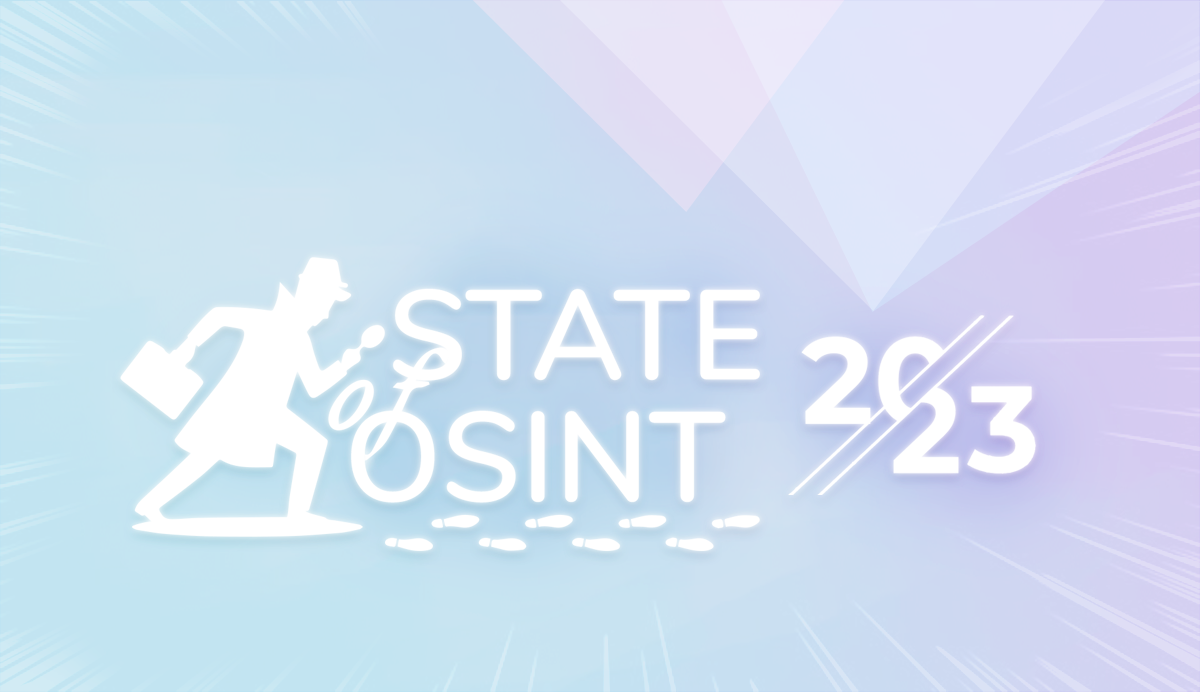Introduction
Open Source Intelligence (OSINT) has grown significantly in recent years. In a world awash with data, more and more organizations are starting to recognize the benefits of using openly available information to better understand the world.
Government agencies, investigative journalists, financial institutions, law enforcement, and other agencies are increasingly making use of open information to gain business insights, expose wrongdoing, and tell compelling stories. At QOMPLX our own OSINT Team works to gather and analyze open-source information to help our clients better understand and reduce their own cybersecurity risk.
We have asked leading OSINT practitioners from a range of backgrounds to discuss what they felt were the biggest changes and emerging trends over the last 12 months.
Executive Summary
The State of OSINT contributors work in a diverse range of sectors, but almost all contributors noticed that OSINT had become more important in their field of work. This growth in interest is reflected in increased demand for OSINT skills and training. The past year has also seen growth in OSINT Capture The Flag exercises and online cooperation to solve real-world missing persons’ cases.
Technical skills are becoming more important for OSINT practitioners. Most of our contributors have emphasized the increasing need for basic automation and programming skills in their OSINT work.
The growing interest in OSINT has also seen some negative trends too. OSINT techniques have been misused for disinformation purposes, doxing, and harassment. Access to data is easier than ever before, but the discipline of verification and analysis also has to be nurtured.








